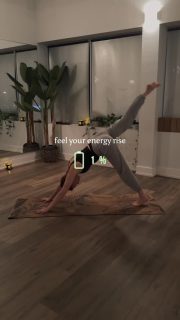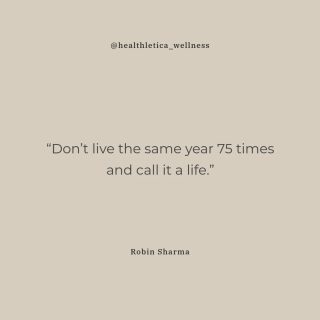Just as there are numerous styles of yoga, so there are many ways to meditate. One way to practice mindful meditation is where the breath is the object of attention. You train yourself to notice when the mind strays from the breath, let go of what it has strayed to, and then return to the breath. Meditation trains the mind to observe rather than react and to move towards equanimity.
The rewards from this simple discipline can be extrapolated into so many aspects of our lives, in relationships, in hardships and painful times and our yoga postures or asana. There is a famous anonymous saying, “Pain is inevitable, but suffering is optional.” Meditation practice allows us to observe our pain and not get caught in our mental reactions to the pain, emotional or physical.
To establish consistency, meditate at the same time and in the same place every day. Choose a place that is quiet, one that is pleasant, where you’ll be undisturbed. Traditionally, the morning is considered the optimal time because you are less likely to be distracted by the demands of your day. Many people find that a morning meditation helps them enter the day with a greater degree of equanimity and poise. However, if a morning practice is a struggle, try an afternoon or early evening meditation. If you are new to yoga and meditation, you may find adding 5 or 10 minutes of meditation at the end of your asana practice enough. When meditating independently of your yoga practice, a 15 to 20 minute time frame seems manageable for most beginners.
Choose a posture that works for you. Focusing on your breath is not a simple event, as our mind lives in a whirlwind of distractions. When you begin you may even feel sleepy or start dreaming. As Sharon Salzberg suggests in Real happiness: The Power of Meditation, “When you notice your mind is not on your breath, notice what is on your mind. And then, no matter what it is, let go of it. The moment you realize you’ve been distracted is the magic moment. It’s the chance to be really different, to try a new response. In fact, instead of chastising yourself, you might thank yourself for recognizing that you’ve been distracted, and for returning to your breath. This act of beginning again is the essential art of meditation practice.”
Meditation is a beautiful tool that allows us to harness gratitude, mindfulness, patience, compassion and acceptance along with so many other virtues. Meditation is the principal means by which most branches of Yoga lead us to liberation and allows us to connect with the deepest or highest part of our being.
– Afshan Haq, Yoga Instructor at Healthletica








